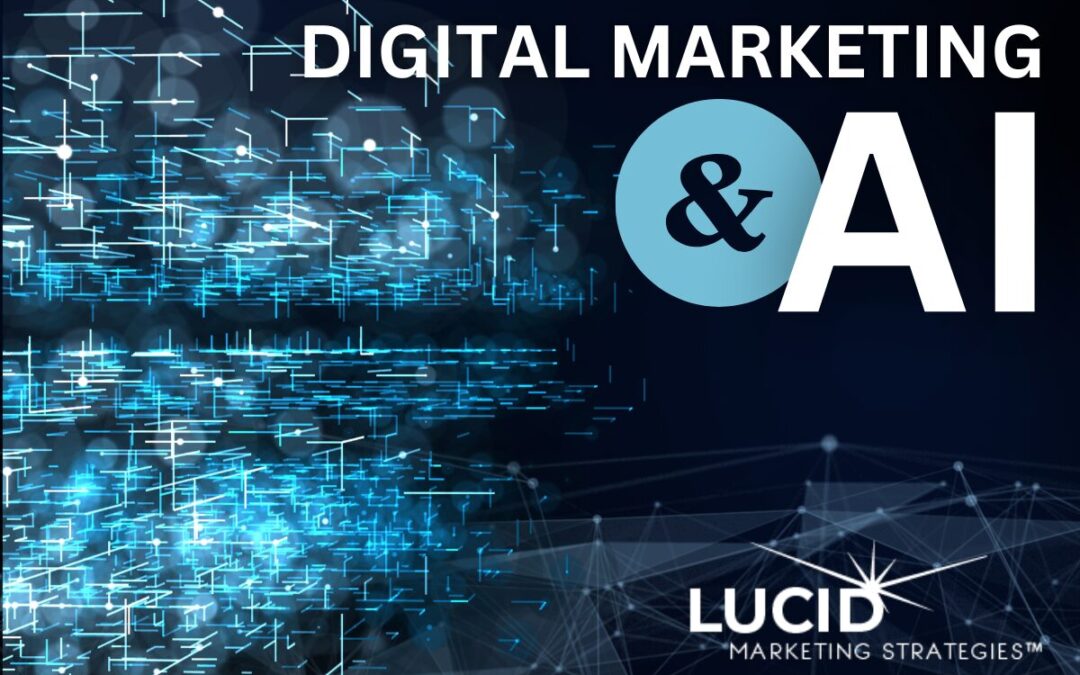Artificial Intelligence. To many, it can be daunting and even threatening as a job-taker that takes out the human creativity many digital marketers perfect to draw attention and connect with audiences with well-thought-out content and strategies.
It’s true that AI is already impacting digital marketing and will continue to do so. It’s also true that it’s not necessarily a bad thing.
The key to ensuring it doesn’t replace marketing jobs or the creativity and authenticity these roles bring is to treat AI as the advanced companion tool it is, but under the guidance of a professional.
Don’t think of AI as an enemy, that is. Think of it as a useful assistant that streamlines workflows, provides data-driven insights, and enables personalized customer experiences, ultimately boosting efficiency and results for marketers.
And AI is an incredible tool for digital marketing — but just like a surgical robot in an operating room, it’s only as effective as the professional guiding it. Without a skilled surgeon at the controls, that tool could cause more harm than good. The same goes for AI: human oversight is what turns raw output into content that’s accurate, strategic, and impactful.
Let’s look at the ways AI can improve digital marketing, be useful for strategy, and give a professional hand an effective tool to unveil hidden insights and leave space for creativity.
AI and Digital Marketing Content
The first area that marketers often reach for AI tools (like ChatGPT, Jasper, and Grammarly) is with digital content.
Many can quickly generate text, emails, social media posts, and ad copy, as well as create images and videos with these tools.
However, the setup is key. With the right prompts, development, and editing, these tools are incredibly useful at not only generating the text but well beyond, including:
- Idea generation at scale – Quickly brainstorms blog topics, headlines, captions, and campaign themes.
- Content personalization – Tailors messages to different audience segments with speed and consistency.
- SEO optimization support – Suggests keywords, meta descriptions, and structured outlines.
- Data-driven insights – Analyzes customer behavior, engagement, and trends to inform content.
- Multichannel adaptability – Adjusts messaging tone and length for websites, emails, and social platforms.
- Consistency in voice – Helps keep brand messaging uniform across campaigns.
Used for idea generation, technical SEO tasks, and beyond, AI tools are the data-driven drafters and analyzers that give content writers a quick start and outline to fill in the gaps as needed (the creative part).
What Humans Add to AI-Generated Content
AI is great at getting the ball rolling, but it still needs a human hand to shape content that feels authentic and truly connects with an audience.
Take a look at how the balance works.

AI gives marketers powerful capabilities, but it’s not meant to replace human expertise. The trick is to marry the tool with the professional to create a content union that is both accurate and engaging.
Where AI Can Go Wrong (And What to Do to Prevent Fails)
From embarrassing deepfakes in ads to ChatGPT disclaimers in product descriptions, the era of AI fails is upon us. And it hits even tech companies.
For example, Microsoft recently published a guide to the best tourist attractions in Ottawa, Canada. The AI featured the Ottawa Food Bank at number three with the description “consider going into it on an empty stomach.” Microsoft has since apologized and pulled the article.
Our guess is that prompts were to show the most visited sites, and AI chose from the digital content with criteria that included services and community programs.
The lesson: refine prompts strategically to craft a clear, detailed guide for better outputs.
Other ways to avoid such “fails” are to:
- Inject brand voice – Edit content so it reflects the company’s personality and values.
- Ensure accuracy – Fact-check AI drafts to prevent errors or outdated information.
- Add creativity and nuance – Layer in originality, storytelling, and emotional intelligence AI can’t replicate.
- Apply audience insight – Tailor messages based on deep knowledge of customer needs and behaviors.
- Prioritize strategy – Align AI-generated copy with larger marketing goals and brand positioning.
- Catch tone missteps – Ensure the content feels appropriate, professional, and on-brand.
- Optimize for conversion – Refine CTAs, structure, and messaging for real-world performance.
Just as you’d never trust a robot to perform surgery without a surgeon, digital content should never go out into the world without professional oversight. AI can generate the words, but people ensure those words connect, persuade, and drive results.
